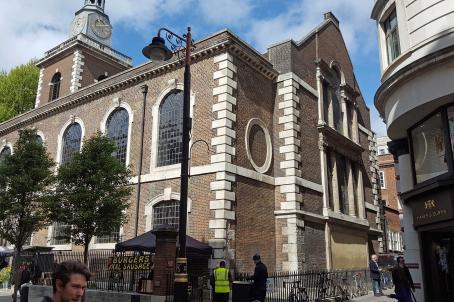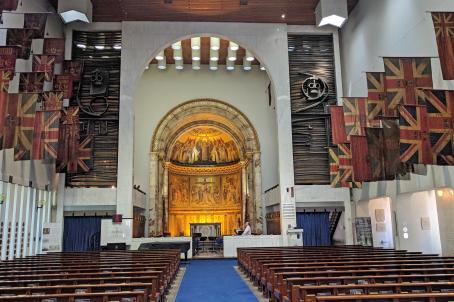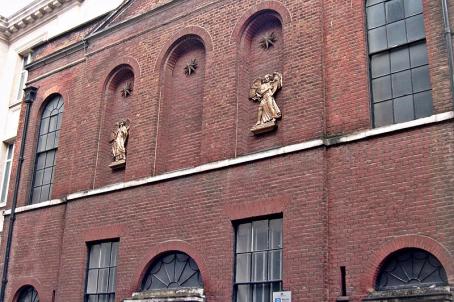The Chapel Royal
Built largely between 1531 and 1536 by Henry VIII, much of the original red brick building erected by Henry VIII still survives today, including the Chapel Royal, the gatehouse, some turrets and two surviving Tudor rooms in the State apartments.





